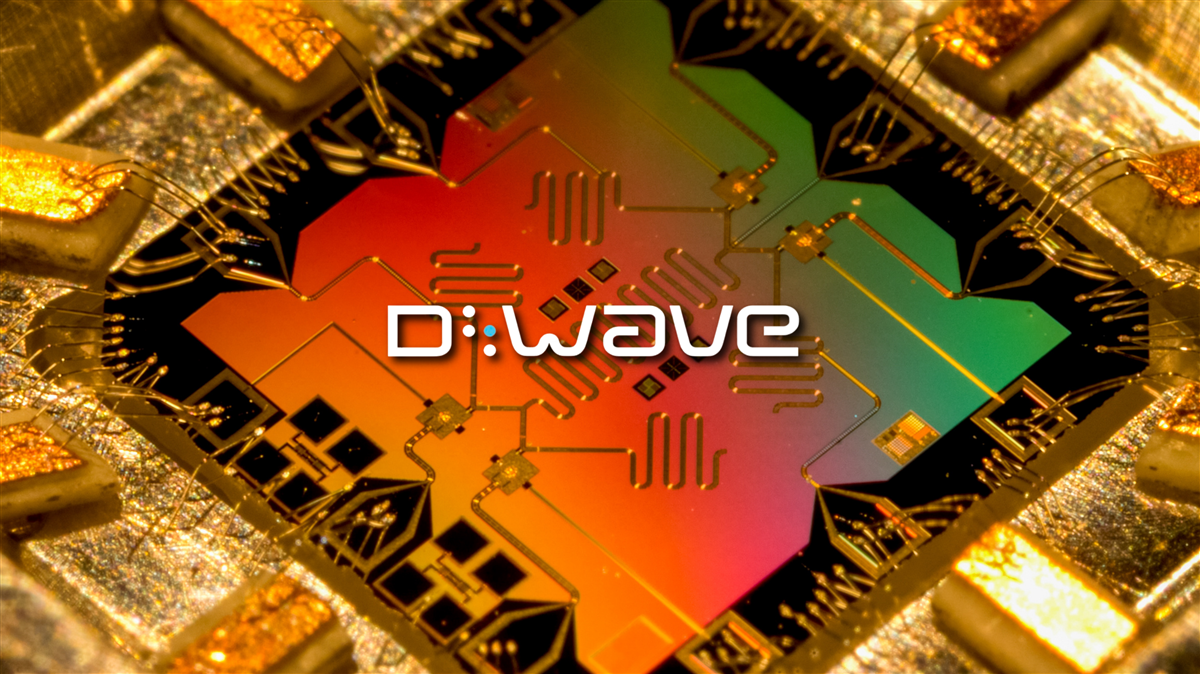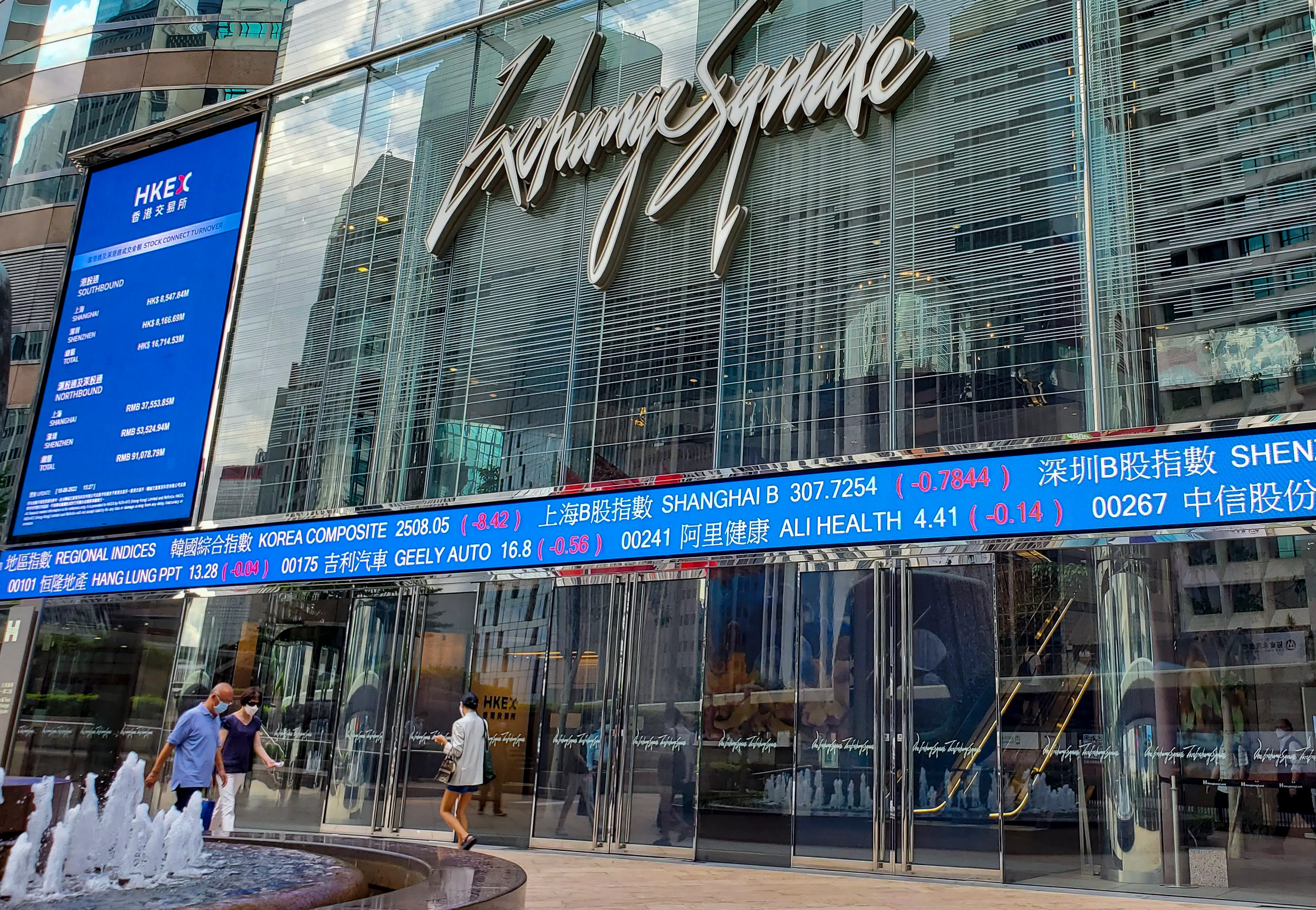
, the issuer of the world’s most widely used stablecoin, is reportedly seeking as much as $20 billion in new capital for roughly a 3% equity stake—implying a valuation near US$500 billion.
This would place the company among the world’s most valuable private firms and mark a striking new chapter in digital finance.
This potential deal is more than a blockbuster funding round. It signals that stablecoins, long treated as the plumbing of crypto markets, are moving to the forefront of global finance.
For years, institutional investors have regarded these tokens as functional tools—useful for settlement and liquidity but hardly investable assets in their own right. A valuation approaching half a trillion dollars challenges that view.
Capital of this magnitude would give Tether the firepower to strengthen reserves, enhance disclosure, and accelerate institutional adoption at a time when demand for a dependable, US dollar-pegged digital instrument is intensifying.
The credibility conferred by heavyweight backers would change the conversation, validating the business model and setting a benchmark every other stablecoin issuer must meet or exceed.
The timing is significant. Volatility continues to jolt both traditional and crypto markets. In that environment, a stable, blockchain-based dollar alternative backed by deep capital and transparent governance offers an increasingly compelling proposition for funds, corporates, and even sovereign wealth vehicles.
Liquidity management, yield strategies, and on-chain settlement all benefit when a dollar-linked token achieves this level of acceptance.
Such a raise would also have a competitive ripple effect. Investors will demand greater transparency, stronger reserve management, and more rigorous regulation from every player in the sector.
This discipline is healthy. Far from slowing innovation, it will accelerate mainstream adoption by providing the trust and robust frameworks that large-scale investors seek.
Tether’s token, , already underpins daily trading volumes in the tens of billions and is embedded across exchanges, DeFi protocols, cross-border payments, and settlement layers. Yet the company has never before invited outside equity investment on these terms.
A successful placement would shift it from a dominant utility to a cornerstone of digital finance as it places a stablecoin issuer alongside the world’s biggest private technology companies in valuation and influence.
Regulators will watch closely, and they should. Oversight of reserve composition, governance standards, and systemic risk will be paramount. But this scrutiny is ultimately positive.
Clear, enforceable rules will help integrate stablecoins into the broader financial system and give institutional investors the confidence to treat them as strategic holdings rather than experimental instruments.
This is about more than one company; it represents the maturation of an entire sector. Should Tether close a deal on these terms, stablecoins will move from supporting act to headline asset class.
Global investors will not want to be late to the party, and the market for digital dollars will never look the same again.



